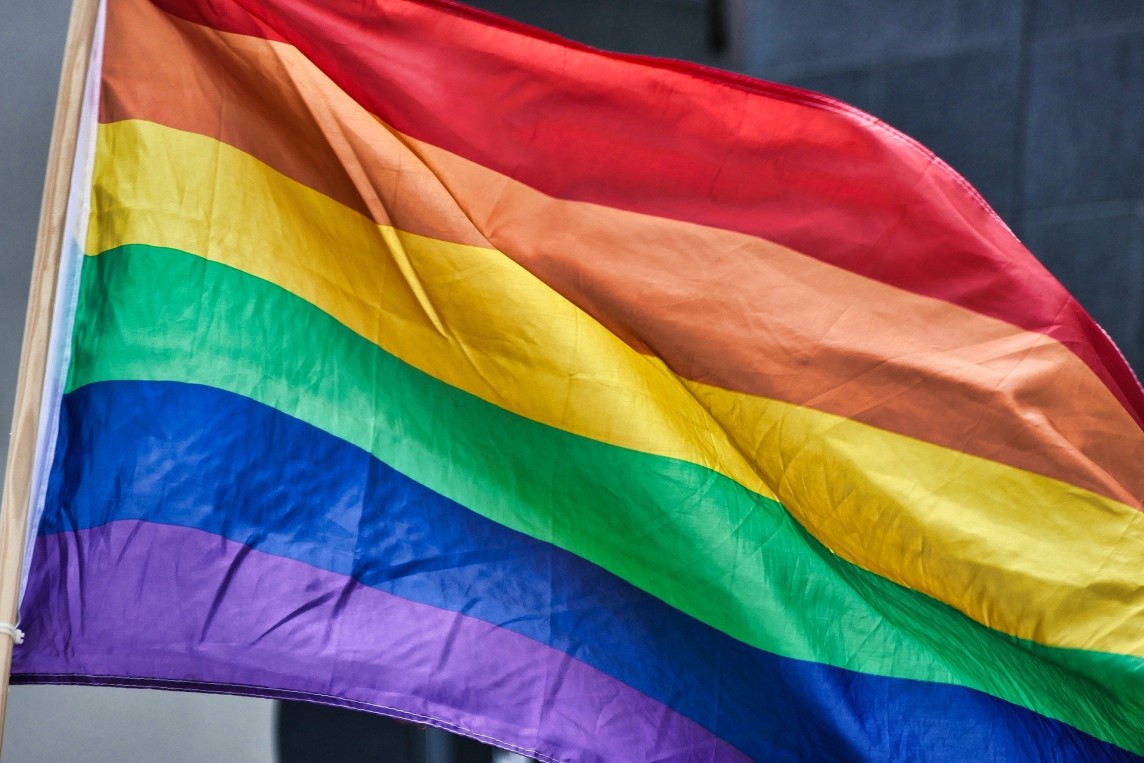To celebrate LGBTQ+ pride, the #DiplomacyUnited group has shared a joint campaign across Twitter and Instagram.
Once again, members of the diplomatic community across Washington, DC have come together behind a common cause. Building on past campaigns to mark International Human Rights Day and International Women’s Day, embassies and global organizations in D.C., together with the Digital Diplomacy Coalition, used their social media presences to show support for LGBTQ+ communities and spread a message promoting equal rights for all.
Check out the Twitter Collection below and watch the Instagram Story here.
#DiplomacyUnited4Pride – Curated tweets by DigiDiplomats
#DiplomacyUnited is an informal community originating from the first international digital diplomacy conference held in Stockholm in 2014. The group has continued to collaborate over the years, and has also grown to include additional embassies and organizations.

 Diplomacy has often been seen as a behind-closed-doors practice taking place in stuffy meeting rooms and made up of discussions that often result in nebulous outcomes.
Diplomacy has often been seen as a behind-closed-doors practice taking place in stuffy meeting rooms and made up of discussions that often result in nebulous outcomes.